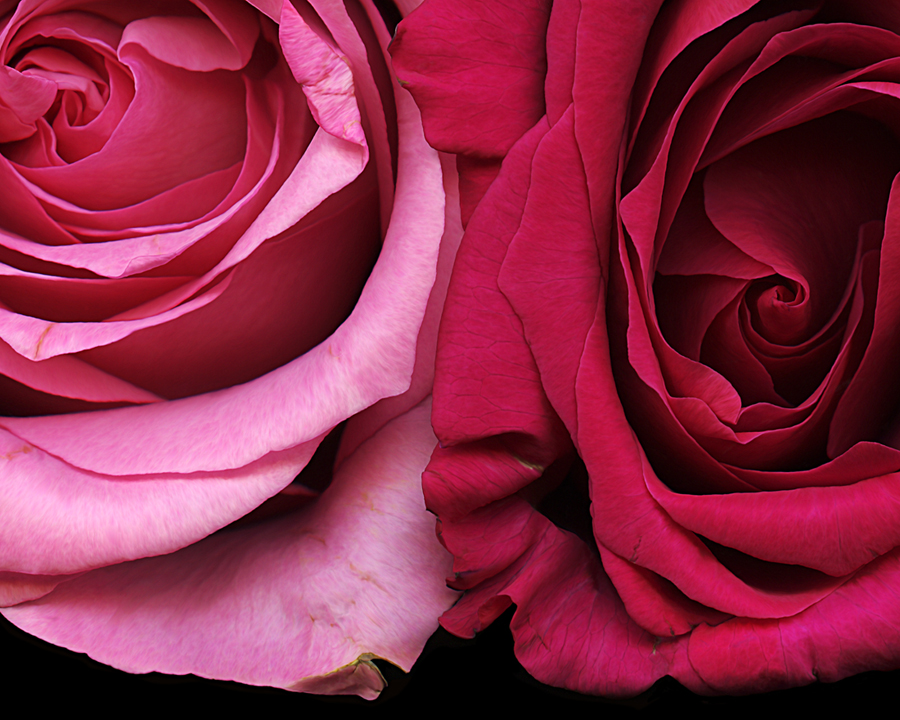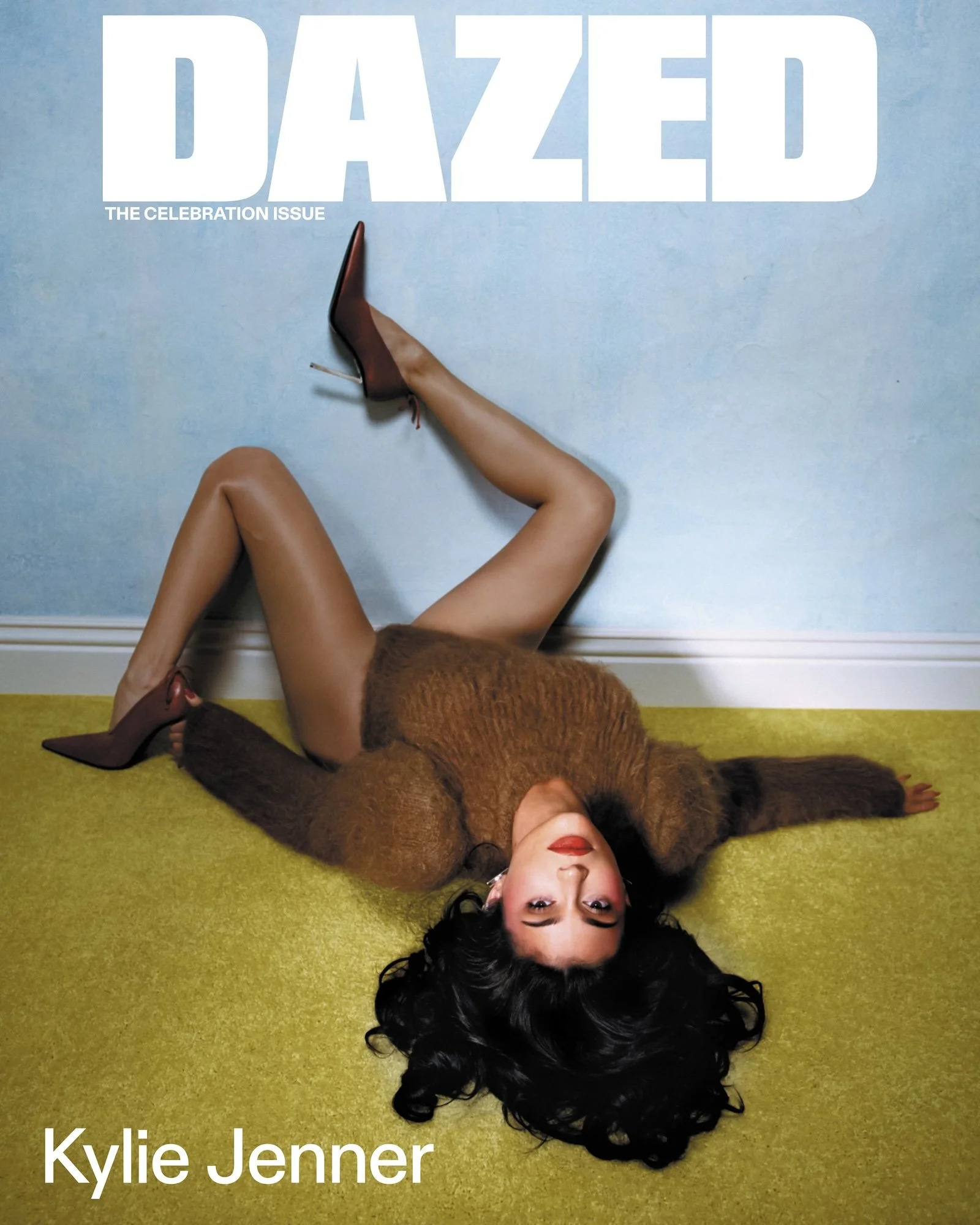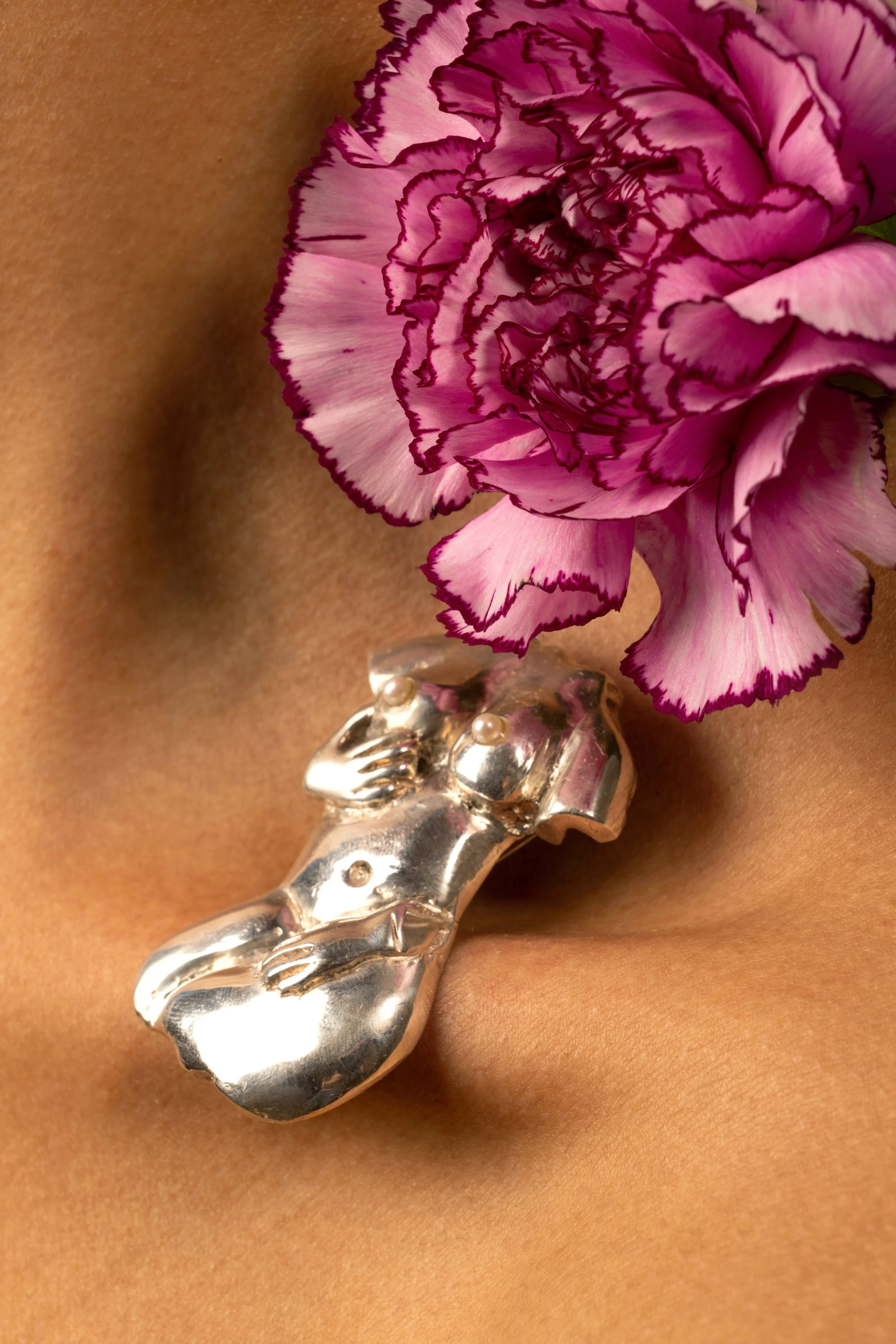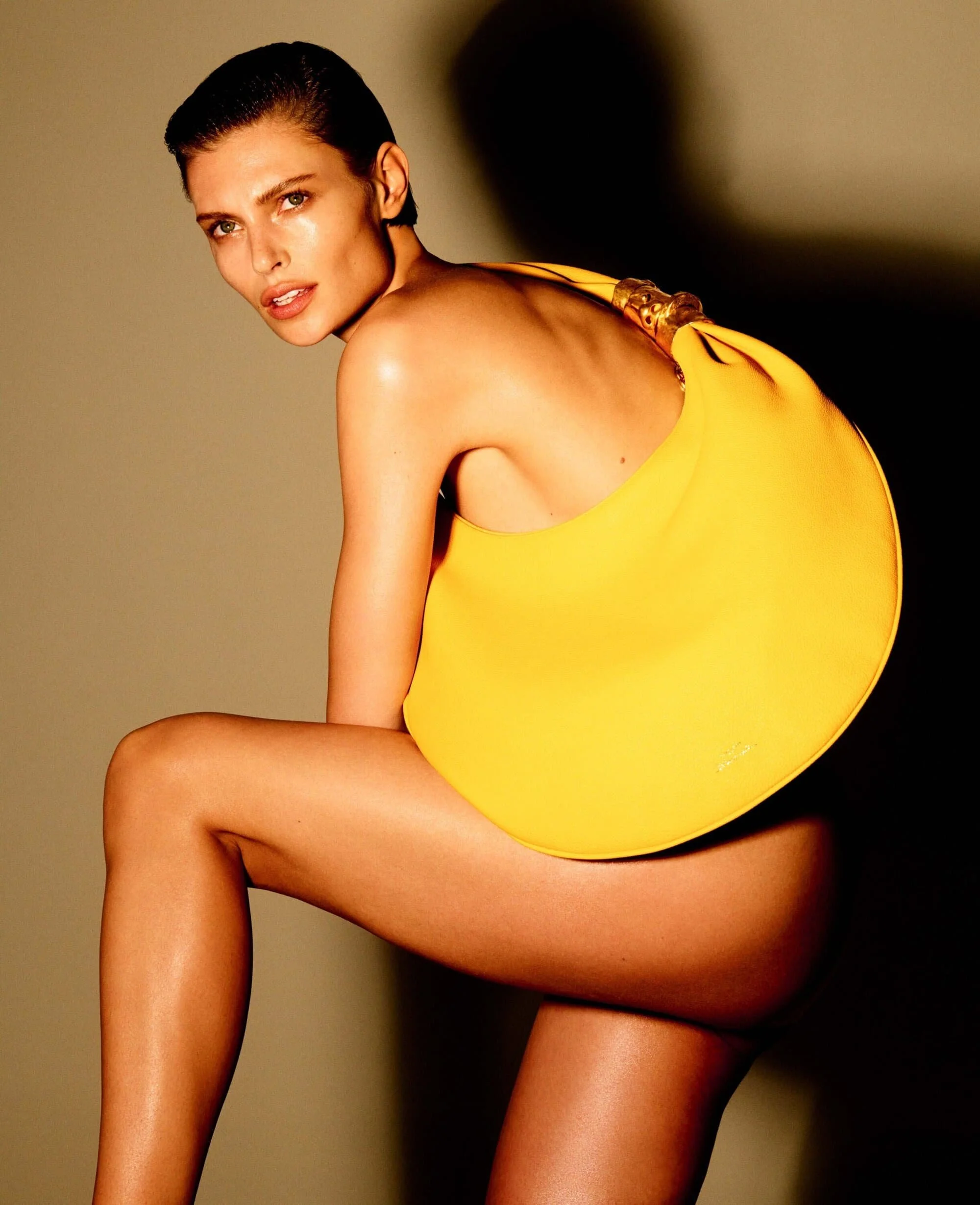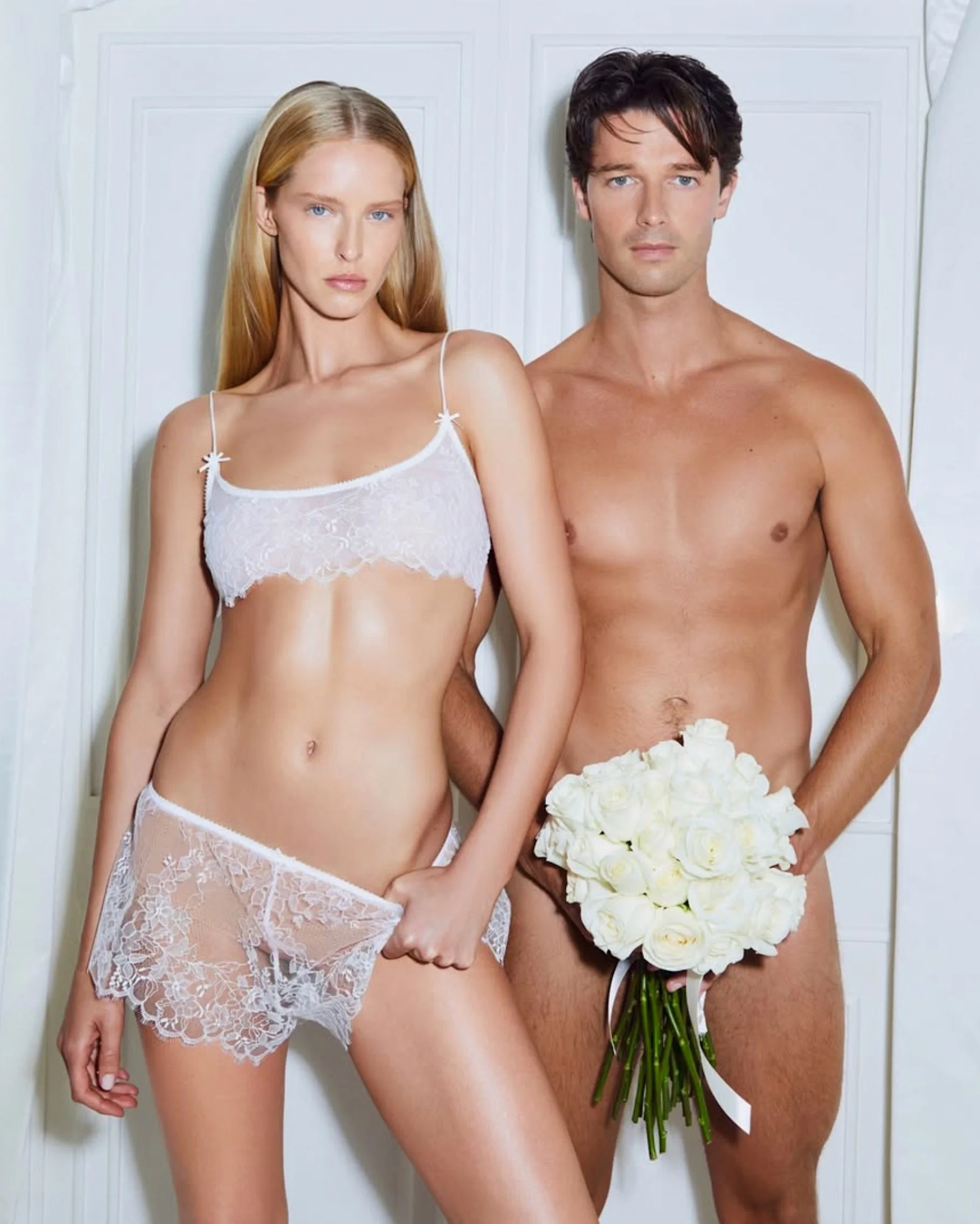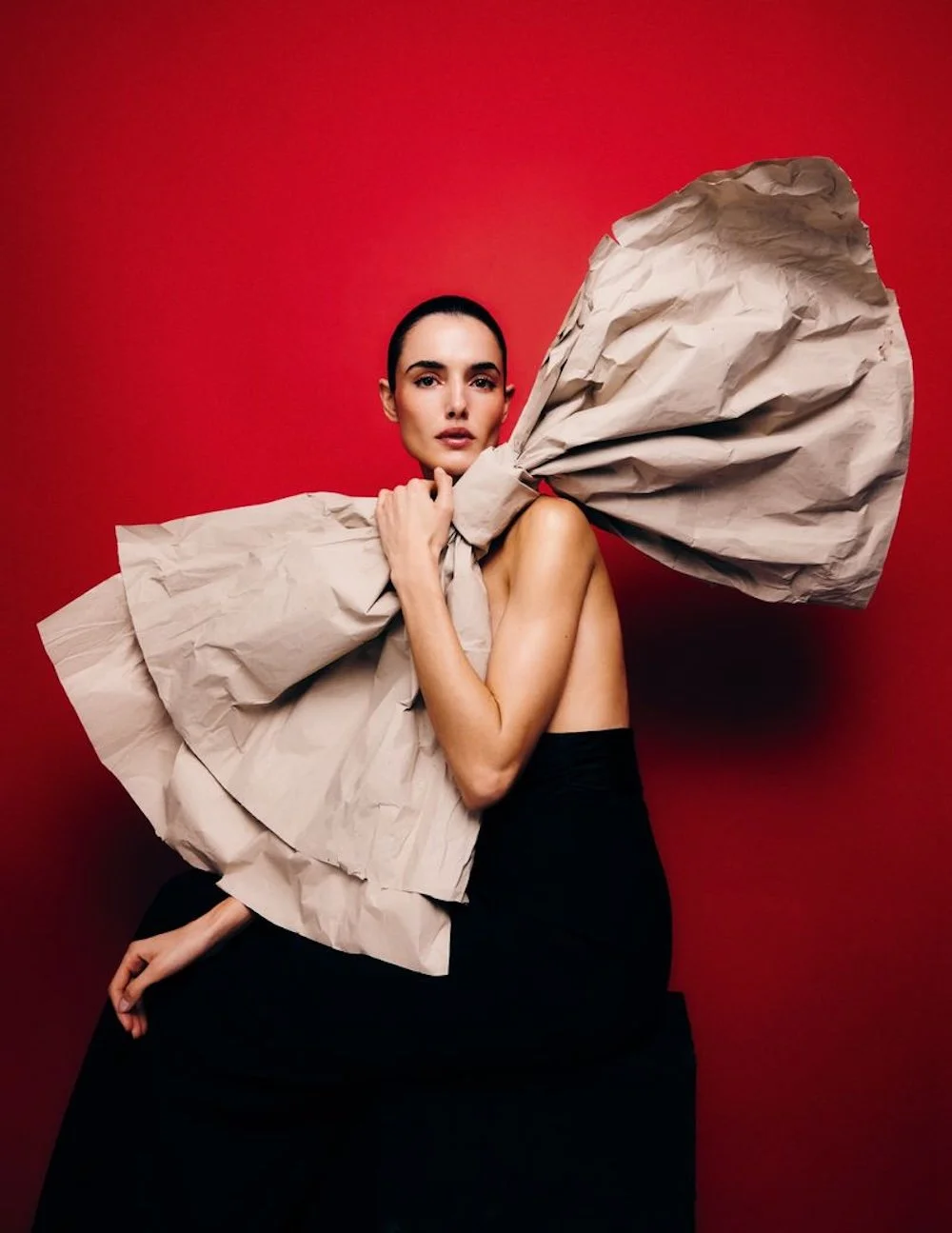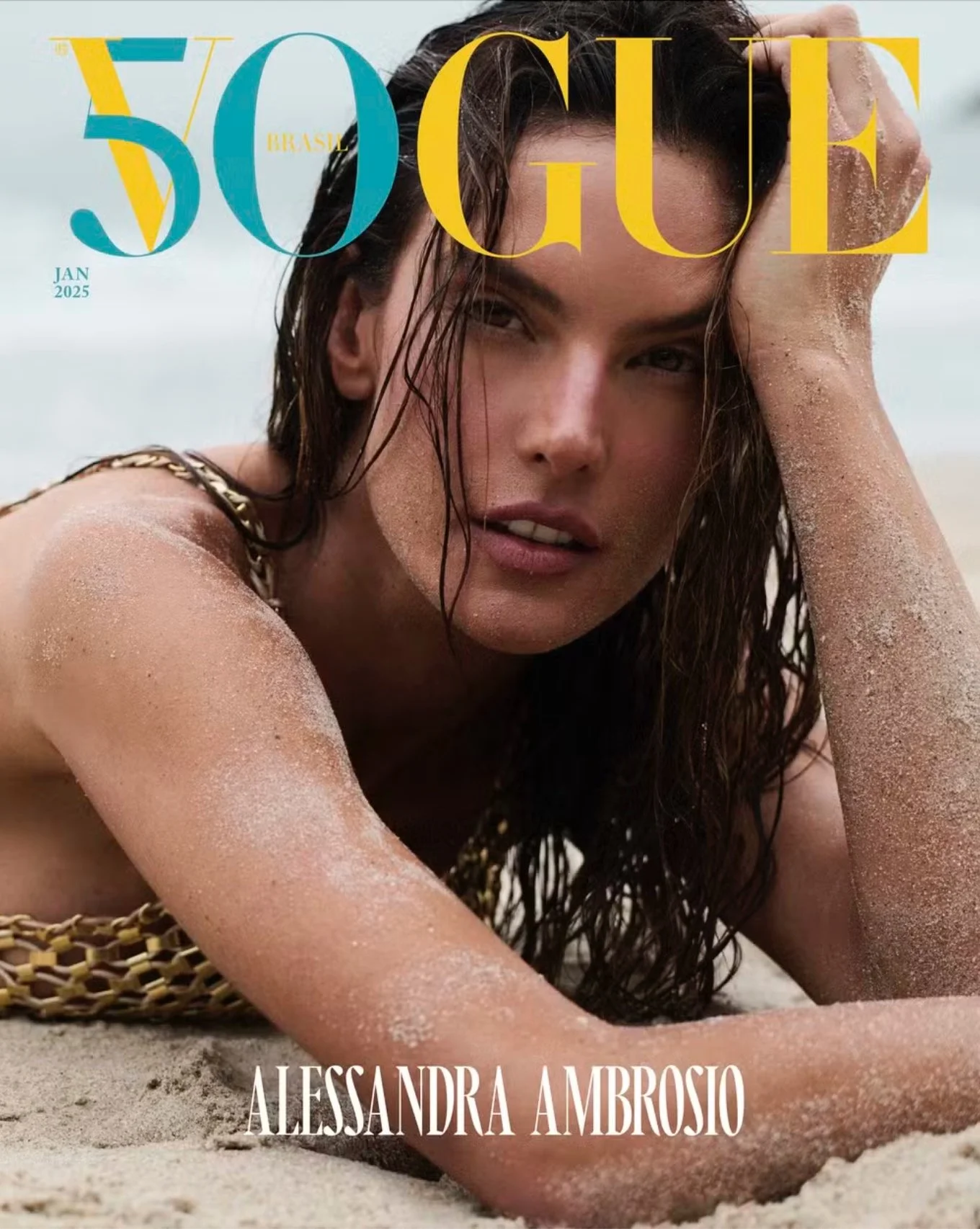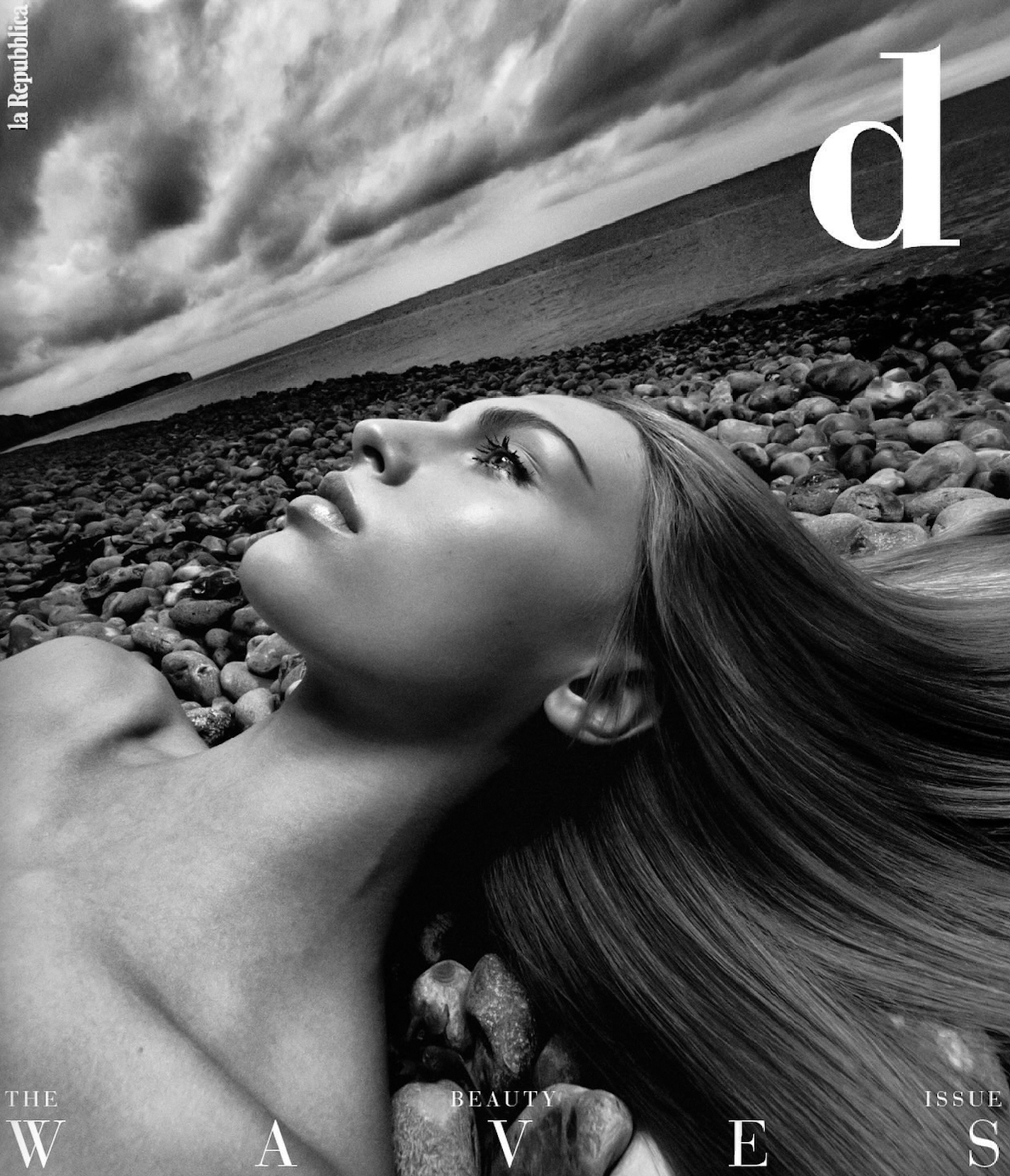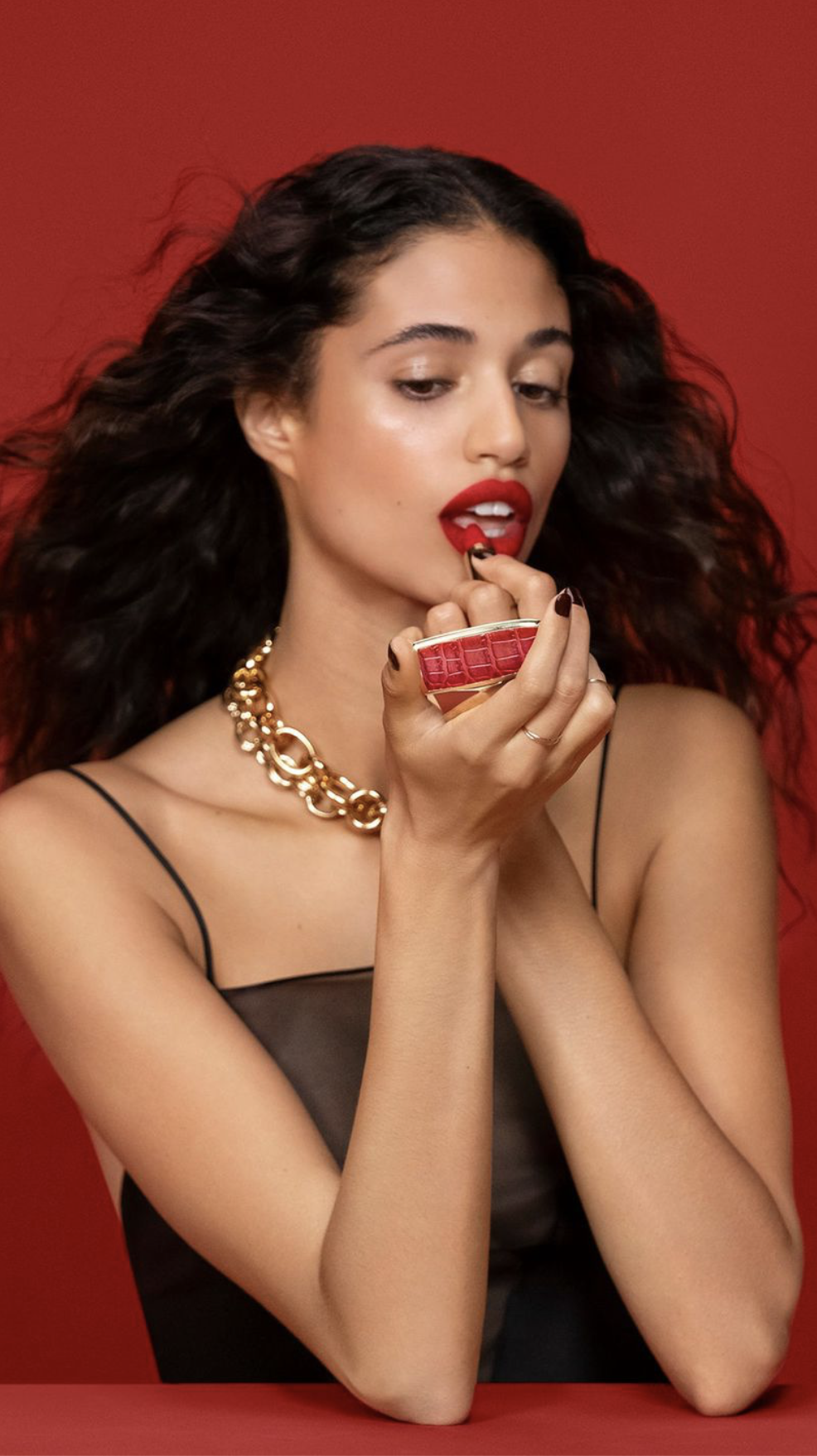Women & Roses | Mayo Clinic's 9 Steps for Cancer Prevention & Healthy Aging
/
Photographer Michael Thompson, a former assistant to Irving Penn, and makeup artist Brigitte Reiss-Andersen are behind cosmetic company Mac’s new ad for Breast Cancer Awareness Month. The campaign is called: ‘Together. Connect. Communicate. Conquer. For a Future Free of Breast Cancer.
In London Elizabeth Hurley (below) stepped out for Estee Lauder (who owns Mac) at Selfridges in London.

9 Steps for Older Women to Avoid Cancer
The Mayo Clinic has issued their guidelines for postmenopausal women to avoid getting cancer. The strongly-suggested ‘rules’ for living are based on data from nearly 30,000 women ages 55 to 69, who were tracked for 13 years. Presently one in three women will develop cancer in her lifetime.
“Our study suggests that older women may be able to have a fairly large impact on their cancer risk by not smoking, controlling body weight, exercising and eating a healthy balanced diet,” says Dr. James Cerhan, of the Mayo Clinic College of Medicine.
The Mayo Clinic’s Big 9
1. Having a body mass index less than 25.
2. Having gained no more than 11 pounds since age 18.
3. Engaging in daily moderate and weekly vigorous activity.
4. Eating five or more servings of fruit and veggies a day.
5. Eating more than 400 grams (14 ounces) of complex carbohydrates a day.
6. Limiting alcohol to one a day.
7. Limiting red meat to less than 3 ounces a day.
8. Limiting fat consumption to no more than 30 percent of total calorie intake.
9. Limiting salt intake to less than 2,400 milligrams a day.
Maintaining a BMI of under 25 is very challenging without a lifestyle eating makeover that is permanent and borderline inflexible, except for special events, occasions and life celebrations. Unless one is intensely active after menopause, a woman is almost guaranteed that she must permanently reduce her calorie intake and avoid eating processed, high-fat foods and sugarery desserts forever.
My own unscientific opinion is that women can achieve BMIs of 25-29.9 — which is technically overweight but not obese — juggling a modified eating lifestyle that does include mac and cheese and bread with careful consideration.
Maintaining a BMI under 25, as strongly recommended by the world famous Mayo Clinic after analyzing 30,000 women, requires fundamental changes in eating habits that are permanent for most women. We are not talking about diet success followed by maintenance, in my opinion — having had this very conversation with my own doctor this week.
Today I position weight maintenance more like the life of a former alcoholic who does not drink, except on very rare occasions — and probably not at all.
Unfolding Our Womanly Flower
 ‘Persia’ (c) copyright Kate Scott
‘Persia’ (c) copyright Kate Scott
I Am Worth It
Deciding to follow the Mayo Clinic’s Big 9 requires women to decide that our overall good health and wellbeing, and our own bargain with the mortality tables puts our best self as a top priority.
The commitment to maintaining a BMI under 25 requires us to put a new word in our vocabulary: ‘no thanks’.
In my case, I choose to be one of my dear friend, Scottish photographer Kate Scott’s gorgeous flower blooms.
Kate doesn’t photoshop away the blemishes on her flowers. After all, they have lived with passion and experiences that are evident in their petals — making them more, not less beautiful.
Reality check question: Would I cast Kate’s blooms aside, not protecting their beauty and vitality in every way possible?
No, I would tend them carefully with fresh water and small amounts of nutrients. If the blooms get droopy, I would cut them down and place them in a square vase or ice bucket, a container that shows them off in a new way.
Somehow, our well-honed love of practical advice in how to grow roses doesn’t get translated into making our own selves equally vibrant and strong.
Anne of Carversville is devoted to defining and developing the voice of moderation on key lifestyle issues, including Health and Happiness. We look for new ways to keep feminine roses alive, while unfolding womanly petals as we age.
For all of our young readers — and we have statistically our digital fair — we hope to cultivate your own blooms long before I cultivated mine as a holistically-minded, beautiful and sensual woman.
It shouldn’t take a lifetime.
Being in Recovery from Obesity
In the culture war debates over size 0 models and fat acceptance for obesity, what seems missing to me is the healthy middle — BMIs 18.5-25. As usual in American society, the polar extreme arguments dominate the discussion, while we ignore every bit of health advice based on reality and scientific studies that tells us how to live in the healthy middle.
As a woman who maintains an endless struggle to maintain a BMI under 25, I am one example of knowing what is required in my own case. Maintenance — or living healthy — really is just a different state of dieting, based on America’s high-calories food and no exercise, real-world marketplace.
There is no breast cancer in my family, and I might be blessed with a genetic structure that decreases my chances of getting breast cancer. But the totality of my eating habits over a lifetime puts me at increased risk.
On a positive note, I’ve taken good health, exercise and lifestyle changes very seriously after hitting 50. But as I wrote last week, a serious gym injury — coupled with dramatic, real-life personal pressures — did take me out of the under BMI 25 again, when I swore my healthy-weight state was permanent.
Having lost over 20 pounds this summer, my resolve is again strong on living according to the Mayo Clinic’s Big 9. For any diet book to suggest that this state of maintenance is easy or doesn’t require constant vigilence and self-discipline is medical quackery.
 ‘Spun supar’ (c) copyright Kate Scott
‘Spun supar’ (c) copyright Kate Scott
Finding Self Discipline
With all the diet and exercise books sold in America, faced off against the reality of our epic obesity problem, it’s clear that the messengers aren’t preaching enough tough love. Following the Mayo Clinic Big 9 — and the many other programs that are just like it — requires a NEW form of self-discipline that most of us, including me, struggle to maintain.
The latest pro-obesity, it’s not my fault argument is that self-discipline is genetically inherited and obese people got the bad life gene.
Let us all use the many October messages about avoiding breast cancer to strengthen our own resolve to take care of ourselves and our bodies as a top priority for ourselves, family, friends and community.
Let us practice what my good friend and body-healing health therapist Ellen Gayda calls ‘body inhabitance’ or living in tune with our physical, emotional and psychological selves. Read last week’s: ‘Body Psychotherapist Ellen Gayda Defines ‘Body Inhabitance’ | Do You Live in Your Body or Have You Gone Fishing?’
The fact that we will fit in clothes smaller than we ever dreamed of wearing is a secondary goal. Of course the fashion effect is relevant, because I love how I look as a size 6-8. But the real reason for self-discipline on eating, drinking and exercise is positive aging, maintaining vitality and good health for ME.
The health professionals consensus is strong and unwavering on healthy lifestyles. You can spend your life looking for all the reasons why being obese is not a probem for your beautiful self, embracing the occasion exception is the new normal for supporting a BMI over 25 and even 30— or you can get with the accepted program for staying healthy and spend your time refuting that science.
In considering my own love of being active and vibrant over 50 — in seeing myself as a sexy activist at 80 — I know that rolling the dice on my health cannot be permitted. I will tough it out for the rest of my life, which is my new reality check.
Make no mistake though — gorgeous flowers are in our future at AOC. As Kate writes about her art photograph ‘Spun sugar’:
I wanted to share this beauty as I particularly love the way the petals are folded over. Some serious rose enthusiasts may see it as a defect but to me it is quite beautiful and adds character.
While I sit here editing I am often faced with the question of whether or not to disguise tears or bruising in the petals to make them appear more “perfect.” I guess, in the end it’s a question of aesthetics and personal taste. There is an ongoing argument concerning the use of photoshop, particularly when it comes to airbrushing, already gorgeous models and whether that is to blame for our society’s obsession with unrealistic and unachievable beauty ideals.
My answer is simple, what is real? We see things as we are, not as they are and everyone has a unique vision. In this sensory, sensual world in which we live maybe we only see glimmering reflections of how things really are and somehow art taps into that and provides a truer picture.
Kate’s words are pure poetry, and it’s so obvious why we are kindred spirits and fast friends. How can any woman look at the ‘imperfect’ beauty of her roses and not find them enthralling!
We will be using Breast Cancer Awareness Month to address the totality of positive health and wellbeing for women — not only preventive actions against breast cancer. And you?? How will you be treating your own body and mind in the month of October?
With love and understanding, Anne and Kate, I know she won’t mind being called up for support here.
PS: Choosing the title ‘Women & Roses’ for this post, I almost wrote ‘Women, Wine & Roses’. One of life’s great pleasures — a glass of wine or drink is permitted — even at the Mayo Clinic.
